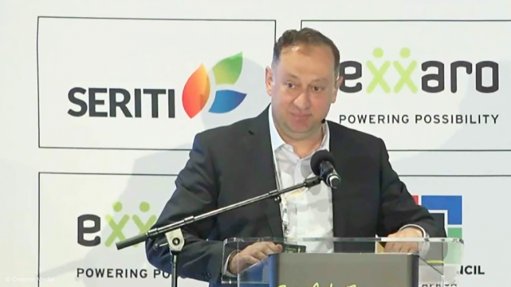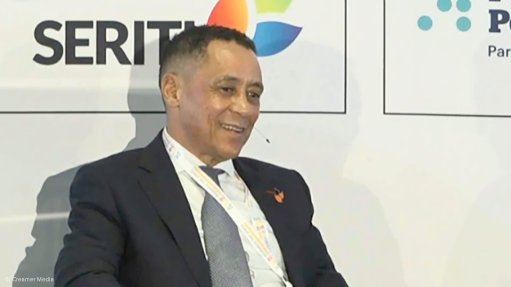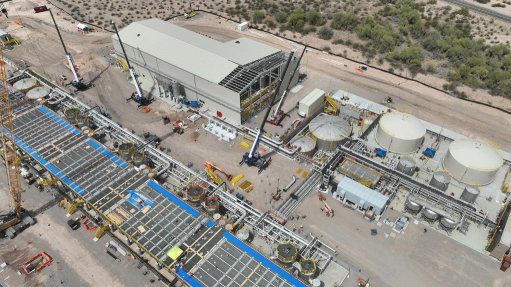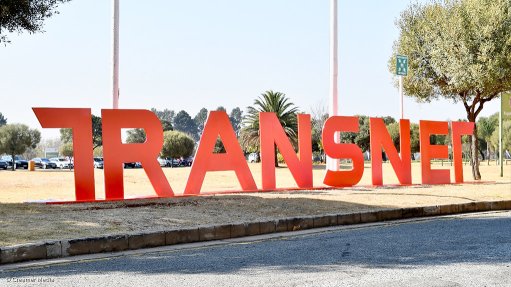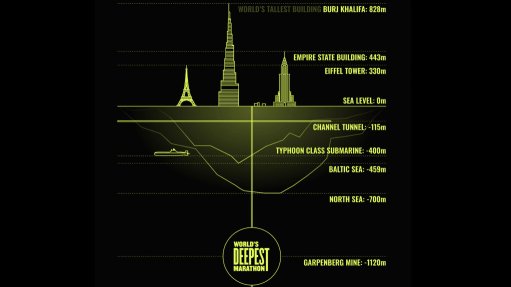Copper caught in ‘materials trilemma’
By: Richard Roberts - Editorial Director, Beacon Events
‘The lead time of a normal copper project is already longer than the 11 years we have left until 2035’
Copper is the metal seemingly most stuck in the “materials trilemma” outlined by McKinsey & Company experts as they launched the firm’s first Global Materials Perspective this week.
Facing real challenges on the availability, affordability and sustainability fronts McKinsey senior partner Michel Von Hoey said were shifting uncomfortably for many mining and metals companies, traditional copper production leaders faced acute pressures on their business-as-usual models as they grasped at clear growth opportunities presented by the world’s nascent mobility and energy transitions.
“We still project supply shortages across a number of critical materials if we take a 2035 horizon,” Von Hoey said from Luxembourg.
“We have actually over the last year been stunned by the unexpectedly rapid ramp up of supply of especially lithium and nickel and the rapidly changing battery chemistry mix.
“But demand growth remains very high for some materials and we still expect shortages, notably in copper, lithium, sulphur and rare earths, of somewhere in the neighbourhood of 10-to-50% of demand by 2035.”
Among the few minerals to lag behind 2020-2023 production growth forecasts, the world’s circa-US$200 billion copper sector faced structural supply problems that wouldn’t necessarily be alleviated by new supply from Africa.
A McKinsey Global Materials Perspective webinar heard that while financing capacity in the $4 trillion mining and metals industry was “theoretically sufficient” to support the scale-up to keep 2024-2035 supply in line with projected demand for key commodities, capital deployment remained heavily contingent upon availability of “a sufficient number of profitable and attractive projects” and “investments need to be connected with the right regions, the right players and the right projects”.
“At a global level we estimate that $5.4 trillion of capex will be needed for supply to match current demand outlooks by 2035, or an estimated 10% increase compared to the previous decade,” McKinsey senior metals expert Patricia Bingoto said.
Copper mining and processing capex presents as a $780 billion bucket of that estimated 2024-2035 capex – interestingly about the same as that forecast for thermal coal – behind only the steel (including iron and metallurgical coal) sector.
“We still anticipate shortages for several materials that are key to the energy transition compared to the demand expectations, in particular rare earth elements, lithium, sulphur, uranium, iridium and copper,” Bingoto said.
“We can broadly categorise these materials in two into spaces when it comes to supply-demand balance.
“For materials where timelines for project development are fairly limited the supply demand gap is likely to be closed by further scaling up of supply once the demand signals become strong enough.
“The other broad category is materials for which the supply demand gap is less likely to close through an acceleration of supply scale-up because of long project timelines or limited high-quality reserves and projects.
“In such cases demand adaptation or reduction is expected to take place in order to balance the market.
“Copper fits in this category.”
Metals specialist Gustav Hedengren said higher prices were needed to incentivise new copper, nickel and lithium production to meet anticipated demand, but these were not necessarily going to be enough to stimulate more supply.
“For copper, an approximate 20% percent increase from current prices will likely be required to incentivise sufficient supply to come online,” he said.
“This is only accounting for supply which is announced today.
“There is an opportunity for projects to be announced next year [to deliver production] before 2035.
“But the lead time of a normal copper project is already longer than the 11 years we have left until 2035, so it’s not very likely that you will have a massive announcement of supply over the next couple of years which will be online in 2035.”
The McKinsey webinar heard the increasing capital and emissions-intensity of copper were weights on new supply of the red metal.
“While these materials [metals including copper] are absolute critical enablers [of] the energy transition and the mobility transition, production does give rise to high emissions,” Hedengren said.
“We find that over the next decade these emissions do not decrease by more than a modest 15% in a business-as-usual scenario.”
Von Hoey said cost and capital expenditure efficiency would become more pivotal in the metals and mining space in securing long-term “affordability and competitiveness”.
McKinsey associate partner Michel Foucart said the volume of material to be moved to extract 25 million tonnes of copper was “roughly the same as the amount of material that needs to be moved in the entire iron ore industry, which is a 2 billion tonne market”.
“This is important because what it tells is that the ore grades of energy transition materials [are] typically lower compared to thermal coal or iron ore,” he said.
“You need to put in more energy to actually extract the material.
“This is one of the main reasons why the price levels for these energy transition materials [needs] to be higher.
“The capex intensity of projects tends to increase as ore grades are going down.
“A global average head grade for copper mines went down from 1.8% in the 1970s to around 0.7% in 2022. So the lower ore grade, typically, the higher the capex investment you need for the same amount of output.”
Von Hoey said deeper collaboration between mining and metals companies and their customers, suppliers and stakeholders, including regulators, was needed in an environment in which end markets were evolving fast and a highly capital-intensive industry had to “decarbonise in a context where the business case for decarbonisation is very unclear”.
“Given the uncertainty on demand shifts and technology evolutions, cost and capital efficiency will remain a top priority,” he said.
McKinsey & Company is the Headline Sponsor of IMARC 2024.
Comments
Press Office
Announcements
What's On
Subscribe to improve your user experience...
Option 1 (equivalent of R125 a month):
Receive a weekly copy of Creamer Media's Engineering News & Mining Weekly magazine
(print copy for those in South Africa and e-magazine for those outside of South Africa)
Receive daily email newsletters
Access to full search results
Access archive of magazine back copies
Access to Projects in Progress
Access to ONE Research Report of your choice in PDF format
Option 2 (equivalent of R375 a month):
All benefits from Option 1
PLUS
Access to Creamer Media's Research Channel Africa for ALL Research Reports, in PDF format, on various industrial and mining sectors
including Electricity; Water; Energy Transition; Hydrogen; Roads, Rail and Ports; Coal; Gold; Platinum; Battery Metals; etc.
Already a subscriber?
Forgotten your password?
Receive weekly copy of Creamer Media's Engineering News & Mining Weekly magazine (print copy for those in South Africa and e-magazine for those outside of South Africa)
➕
Recieve daily email newsletters
➕
Access to full search results
➕
Access archive of magazine back copies
➕
Access to Projects in Progress
➕
Access to ONE Research Report of your choice in PDF format
RESEARCH CHANNEL AFRICA
R4500 (equivalent of R375 a month)
SUBSCRIBEAll benefits from Option 1
➕
Access to Creamer Media's Research Channel Africa for ALL Research Reports on various industrial and mining sectors, in PDF format, including on:
Electricity
➕
Water
➕
Energy Transition
➕
Hydrogen
➕
Roads, Rail and Ports
➕
Coal
➕
Gold
➕
Platinum
➕
Battery Metals
➕
etc.
Receive all benefits from Option 1 or Option 2 delivered to numerous people at your company
➕
Multiple User names and Passwords for simultaneous log-ins
➕
Intranet integration access to all in your organisation








